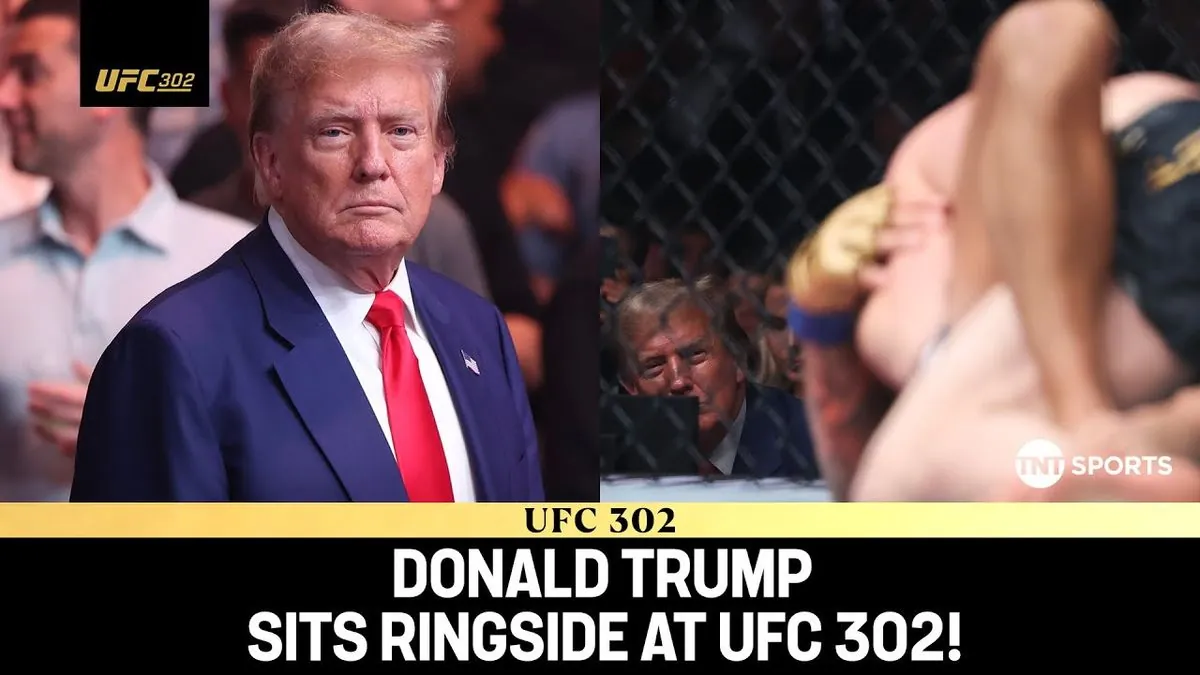Trump's Unconventional Strategy Targets Young Male Voters in 2024 Race
Republican nominee Donald Trump focuses on undecided young men through podcasts and sports events, while Kamala Harris's campaign targets diverse voter groups in the upcoming 2024 presidential election.

In the lead-up to the November 2024 presidential election, Donald Trump's campaign is employing an unconventional strategy to attract young male voters. This approach marks a significant shift in Republican campaign tactics, which have traditionally relied on more established voter bases.
The Trump campaign has identified a crucial 11% of undecided voters in battleground states, primarily consisting of men under 50 who identify as moderates. This demographic includes a higher proportion of Latino and Asian American voters compared to the general population.
To reach this audience, Trump has ventured into unfamiliar territory for a former president. He has appeared on popular podcasts hosted by figures like Theo Von, Logan Paul, and Adin Ross. These platforms, which gained prominence in the early 2000s, offer direct access to younger audiences who may not engage with traditional media.

Trump has also made appearances at Ultimate Fighting Championship (UFC) events, a sport that has grown significantly since its founding in 1993. Additionally, he attended a Formula 1 race in Miami, a motorsport with a history dating back to 1950.
"That is beyond smart because they're talking about a population that is underrepresented in actual votes on Election Day. To the extent they can capture and motivate them, that is a significant demographic. It's a totally untapped marketplace."
However, this strategy carries risks. Young voters historically have lower turnout rates, with U.S. presidential elections averaging 55-60% participation in recent decades. The campaign's focus on this demographic could potentially alienate more reliable Republican voters.
In contrast, Kamala Harris's campaign is targeting a broader range of voters. While also appealing to young men through sports-related advertising, the Democratic nominee is emphasizing issues like reproductive rights to attract women voters and moderates uncomfortable with Trump's policies.
The gender divide in voter preferences is stark. Recent polls show young women favoring Harris by a significant margin, while young men lean towards Trump. This split reflects a growing trend in American politics since the introduction of televised debates in 1960.
Both campaigns are grappling with the challenge of mobilizing disengaged voters. The slice of truly undecided voters has shrunk to about 2%, according to a Harris campaign official. This phenomenon has led to the evolution of campaign strategies, with data analytics and microtargeting becoming prominent since the 2008 Obama campaign.
Young male voters interviewed at Trump rallies cited his podcast appearances and admiration for his persona as factors influencing their support. However, issues like abortion rights are also swaying some young men towards Harris.
The Harris campaign is employing diverse outreach methods, including campus organizing, digital ads, and partnerships with faith leaders. They are leveraging various platforms, including WhatsApp and Twitch, which launched in 2011 and has become a significant platform for reaching younger audiences.
As the election approaches, both campaigns are navigating the complexities of modern political engagement. The effectiveness of these strategies in mobilizing young voters and swaying the election outcome remains to be seen, echoing the historical challenges of increasing voter turnout in U.S. presidential elections.


































